Home>Furniture & Design>Bathroom Fixtures>How To Pick A Shower Tile
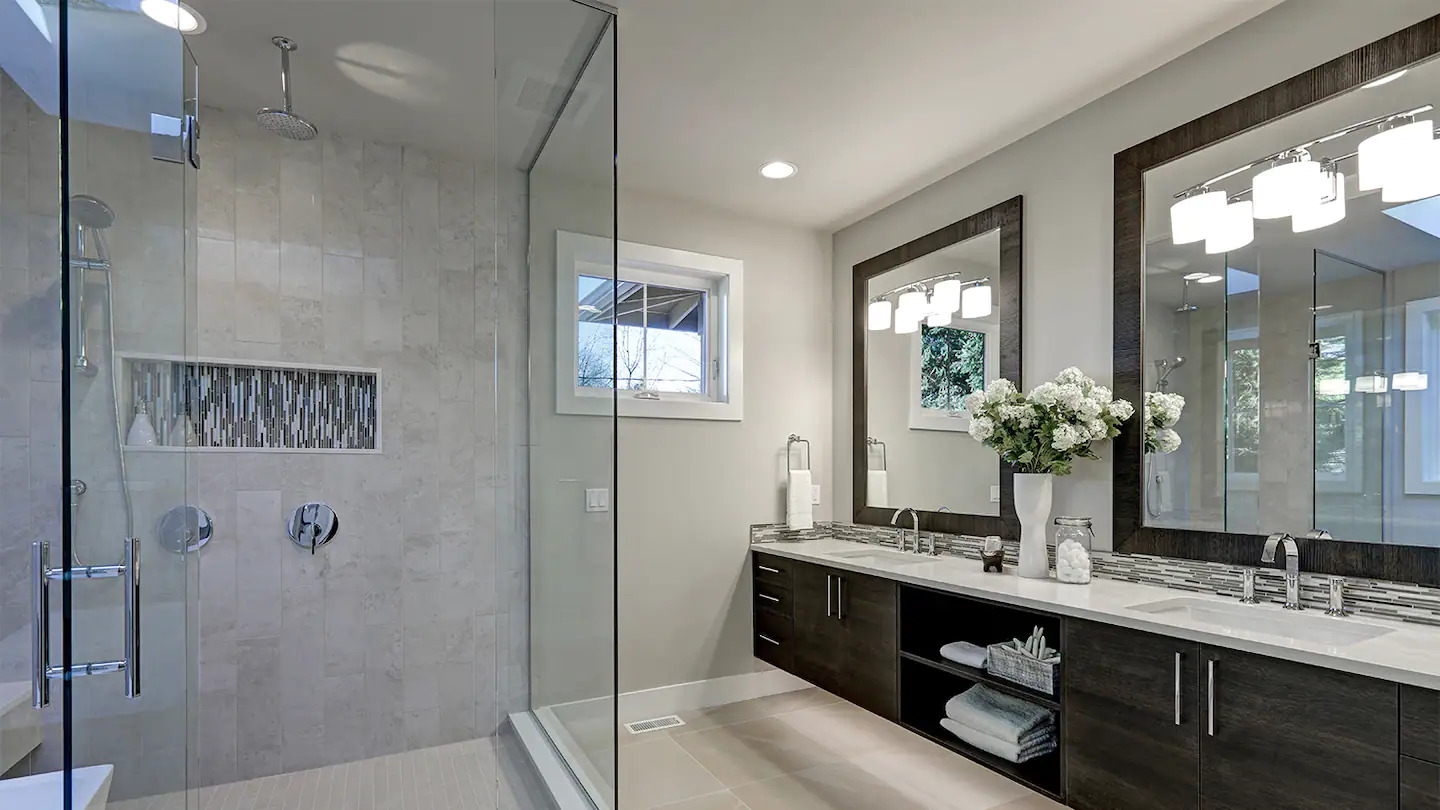

Bathroom Fixtures
How To Pick A Shower Tile
Modified: February 18, 2024
Discover the best shower tile options for your bathroom fixtures. Get expert tips on choosing the perfect tiles to enhance your bathroom design.
(Many of the links in this article redirect to a specific reviewed product. Your purchase of these products through affiliate links helps to generate commission for Storables.com, at no extra cost. Learn more)
Introduction
So, you've decided to revamp your bathroom, and now it's time to choose the perfect shower tile. The shower is often the focal point of a bathroom, and the right tile can make a world of difference in both aesthetics and functionality. With a myriad of options available, from materials and colors to patterns and finishes, the task of selecting the ideal shower tile may seem daunting. However, fear not! This comprehensive guide will walk you through the essential considerations and provide valuable insights to help you make an informed decision that suits your style and practical needs.
Choosing shower tile is not just about enhancing the visual appeal of your bathroom; it's also about durability, maintenance, and personal preference. Whether you're aiming for a sleek, contemporary look, a rustic and earthy feel, or a timeless and classic design, the right shower tile can bring your vision to life.
In the following sections, we'll delve into the key factors to consider when picking the perfect shower tile. From the size and layout of your shower to the material, color, finish, and maintenance requirements, we'll cover everything you need to know to make a well-informed choice. By the end of this guide, you'll be equipped with the knowledge and confidence to select shower tile that not only complements your bathroom but also reflects your unique style and stands the test of time. Let's embark on this exciting journey to transform your shower into a stunning and functional oasis!
Key Takeaways:
- Choose shower tile size and layout wisely to enhance your bathroom’s visual appeal and create a harmonious, spacious, and visually appealing shower space.
- Consider material, color, and finish for your shower tile to achieve a stunning and functional oasis that reflects your unique style and stands the test of time.
Consider the Size and Layout of Your Shower
Before diving into the myriad of tile options, it’s crucial to assess the size and layout of your shower. Understanding these aspects will guide your tile selection and ensure a harmonious and visually appealing result.
Size: The size of your shower plays a significant role in determining the type of tile that will work best. In a small shower, large tiles can create the illusion of a more spacious area, while smaller tiles can add intricate detail and visual interest. Conversely, in a large shower, large tiles can accentuate the expansiveness, while smaller tiles may appear busy or overwhelming. Consider the proportions of your shower space and how different tile sizes can influence its perceived dimensions.
Layout: The layout of your shower, including any niches, benches, or alcoves, will impact the tile installation and overall aesthetic. For example, a vertical subway tile layout can visually heighten a low ceiling, while a horizontal layout can accentuate width. Additionally, incorporating decorative borders or accent tiles can add personality and flair to the shower design. Take into account the architectural elements within your shower space and how various tile layouts can complement or accentuate these features.
Furthermore, consider the visual flow between the shower and the rest of the bathroom. If the shower is in an open or semi-open configuration, the tile choice should harmonize with the surrounding flooring and wall treatments. Cohesiveness in design will create a unified and polished look throughout the bathroom.
By carefully evaluating the size and layout of your shower, you can narrow down the tile options that will best enhance the space while aligning with your aesthetic preferences. This thoughtful approach sets the stage for a successful and visually impactful shower tile selection.
Choose the Right Material for Your Shower Tile
When it comes to selecting the material for your shower tile, there are several options to consider, each with its own unique characteristics and benefits. Understanding the properties of different materials will help you make an informed choice that aligns with your design preferences and practical requirements.
Ceramic and Porcelain: Ceramic and porcelain tiles are popular choices for shower walls and floors due to their durability, water resistance, and versatility. Ceramic tiles offer a wide range of colors, patterns, and textures, making them suitable for various design styles. Porcelain tiles, known for their strength and low water absorption, are an excellent option for high-moisture areas like showers. Both ceramic and porcelain tiles are relatively low-maintenance and easy to clean, making them practical choices for shower installations.
Natural Stone: Natural stone tiles, such as marble, travertine, slate, and limestone, lend a luxurious and timeless appeal to shower spaces. Each type of natural stone boasts distinct veining, patterns, and hues, adding character and elegance to the shower environment. It’s important to note that natural stone requires sealing to protect against water and stains, and regular maintenance is essential to preserve its beauty. While natural stone offers unparalleled beauty, it’s essential to consider the maintenance commitment it entails.
Glass: Glass tiles are prized for their luminous and reflective qualities, creating a stunning visual impact in the shower. Available in a variety of colors, finishes, and textures, glass tiles can add a contemporary or iridescent touch to the space. Their non-porous nature makes them resistant to mold and mildew, and they are easy to maintain. Glass tiles can be used as accents or in larger sections to achieve different aesthetic effects, making them a versatile choice for shower applications.
Engineered Stone: Engineered stone, such as quartz, offers the beauty of natural stone with enhanced durability and low maintenance. Engineered stone tiles are non-porous, resistant to stains, and require minimal upkeep, making them an attractive option for shower walls and floors. With a wide range of colors and patterns available, engineered stone provides a consistent and uniform appearance, ideal for creating a cohesive shower design.
By considering the characteristics of each material and weighing factors such as maintenance, aesthetic appeal, and practicality, you can choose the right tile material that aligns with your vision for a stunning and functional shower space.
Select a Color and Finish
Choosing the color and finish of your shower tile is a pivotal step in shaping the overall ambiance and style of your bathroom. The color and finish not only contribute to the aesthetic appeal but also influence the perceived size, brightness, and mood of the shower space. Here are key considerations to guide you in selecting the perfect color and finish for your shower tile.
Color: The color of your shower tile sets the tone for the entire bathroom. Lighter hues, such as soft whites, creams, and pale grays, can create a sense of openness and airiness, making them ideal for smaller shower spaces or those lacking natural light. These colors can also evoke a serene and spa-like atmosphere, perfect for unwinding in the shower. On the other hand, darker tones, such as rich blues, deep greens, or charcoal grays, can infuse drama and sophistication into the shower design, especially when paired with contrasting elements. Consider the overall color scheme of your bathroom and how the shower tile color will harmonize with the walls, flooring, and fixtures.
Finish: The finish of the tile, whether glossy, matte, or textured, not only affects the visual appeal but also influences the tactile experience and maintenance requirements. Glossy finishes reflect light, creating a luminous and polished look, while matte finishes offer a subtler, more understated appearance. Textured finishes, such as natural stone or tactile patterns, can add depth and visual interest to the shower walls. When selecting the finish, consider the level of maintenance and cleaning it may require, as glossy tiles may show water spots more readily than matte or textured options.
Additionally, consider the interplay of color and finish to achieve the desired aesthetic. For example, a glossy white subway tile can impart a classic and timeless elegance, while a matte black tile exudes a contemporary and bold statement. Mixing and matching different finishes within the same color palette can create visual contrast and depth, adding dimension to the shower design.
By carefully deliberating on the color and finish options, you can craft a shower space that reflects your personal style, complements the overall bathroom design, and fosters a welcoming and visually captivating environment.
Consider the size of your shower when choosing tile. Larger tiles can make a small shower feel bigger, while smaller tiles can add more texture and visual interest to a larger shower.
Decide on a Pattern and Layout
Once you’ve chosen the material, color, and finish for your shower tile, the next step is to consider the pattern and layout that will best showcase your design vision and elevate the aesthetic appeal of the space. The pattern and layout of the tile installation can significantly impact the visual impact and style of your shower. Here are key factors to consider when deciding on the pattern and layout for your shower tile.
Tile Patterns: The selection of a tile pattern can add personality, visual interest, and a sense of movement to the shower walls. Popular patterns such as herringbone, basketweave, subway, or chevron can infuse character and charm into the shower design. For a timeless and classic look, a traditional running bond pattern can create a seamless and cohesive appearance. Geometric patterns, arabesque shapes, or intricate mosaics can introduce a touch of artistry and individuality to the shower space. Consider the overall style of your bathroom and how different tile patterns can complement or enhance the existing design elements.
Layout Considerations: The layout of the tile installation can influence the perceived dimensions and flow of the shower area. A vertical tile layout can visually elongate the shower walls, making the ceiling appear higher, while a horizontal layout can accentuate the width of the space. Diagonal or staggered layouts can add dynamic visual appeal and create a sense of movement within the shower. Additionally, incorporating decorative borders, accent tiles, or niche designs can further enhance the overall layout and add a personalized touch to the shower installation.
Furthermore, consider how the tile layout will align with the architectural features of the shower, such as niches, benches, or alcoves. The tile pattern and layout should seamlessly integrate with these elements, creating a cohesive and unified design within the shower space.
By carefully deliberating on the pattern and layout options, you can transform your shower into a stunning visual centerpiece that reflects your unique style and attention to detail. The thoughtful selection of tile patterns and layouts can elevate the overall aesthetic and create a captivating shower environment.
Read more: How To Drill A Shower Tile
Take Maintenance and Cleaning into Account
When selecting shower tile, it’s essential to consider the maintenance and cleaning requirements associated with different materials, finishes, and patterns. A well-informed decision takes into account not only the visual appeal but also the practical aspects of upkeep and cleanliness. Here are key considerations to guide you in evaluating the maintenance and cleaning needs of your chosen shower tile.
Grout and Sealant: The grout lines between tiles play a crucial role in the overall appearance and longevity of the shower installation. While grout is necessary for securing tiles in place, it is susceptible to staining, mold, and mildew in a high-moisture environment. Choosing a stain-resistant and mold-resistant grout can minimize maintenance efforts and preserve the pristine look of your shower. Additionally, proper sealing of grout and certain tile materials, such as natural stone, is essential to protect against water penetration and stains. Regular resealing may be required to maintain the integrity of the tile and grout surfaces.
Cleaning Considerations: Different tile materials and finishes have varying cleaning requirements. While non-porous materials like glass and porcelain are generally easier to clean and maintain, natural stone tiles may require specialized cleaners and gentle care to preserve their beauty. Consider the ease of cleaning and the compatibility of cleaning products with your chosen tile material. Additionally, textured or patterned tiles may require extra attention during cleaning to ensure that grime and soap scum do not accumulate in crevices or recessed areas.
Maintenance Frequency: Understanding the frequency of maintenance tasks, such as resealing, grout cleaning, and tile surface care, is essential for long-term upkeep. Some materials may require more frequent maintenance, while others offer greater durability and resistance to wear and tear. Assessing the time and effort required for maintenance tasks can help you make an informed decision that aligns with your lifestyle and maintenance preferences.
By factoring in the maintenance and cleaning considerations, you can select shower tile that not only enhances the beauty of your bathroom but also offers practicality and ease of maintenance. A well-maintained shower tile installation ensures that your bathroom remains a welcoming and hygienic space for years to come.
Conclusion
Congratulations on embarking on the journey of selecting the perfect shower tile for your bathroom! By considering the size and layout of your shower, choosing the right material, selecting a color and finish, deciding on a pattern and layout, and taking maintenance and cleaning into account, you’ve gained valuable insights that will guide you toward making a well-informed decision.
Remember, the ideal shower tile not only enhances the aesthetic appeal of your bathroom but also complements your lifestyle and maintenance preferences. Whether you opt for the timeless elegance of natural stone, the versatility of ceramic and porcelain, the luminous allure of glass, or the durability of engineered stone, your choice of material will set the foundation for a stunning shower space.
When it comes to color and finish, consider the mood and ambiance you wish to create. Whether it’s a serene and spa-like retreat with soft, light hues or a bold and dramatic statement with darker tones, the color and finish of your shower tile will set the tone for the entire bathroom.
As you deliberate on patterns and layouts, think about how these elements can infuse character, movement, and visual interest into the shower space. Whether you opt for a classic subway pattern, an intricate mosaic, or a dynamic staggered layout, the pattern and layout of your tile installation will showcase your unique style and attention to detail.
Finally, by factoring in maintenance and cleaning considerations, you can ensure that your chosen shower tile not only dazzles with its beauty but also offers practicality and ease of upkeep. A well-maintained shower tile installation ensures that your bathroom remains a welcoming and hygienic space for years to come.
As you embark on the exciting process of transforming your shower into a stunning and functional oasis, may your choice of shower tile reflect your personal style, elevate the aesthetic appeal of your bathroom, and stand the test of time. Here’s to creating a shower space that embodies both beauty and practicality, making every shower a delightful and rejuvenating experience!
Frequently Asked Questions about How To Pick A Shower Tile
Was this page helpful?
At Storables.com, we guarantee accurate and reliable information. Our content, validated by Expert Board Contributors, is crafted following stringent Editorial Policies. We're committed to providing you with well-researched, expert-backed insights for all your informational needs.
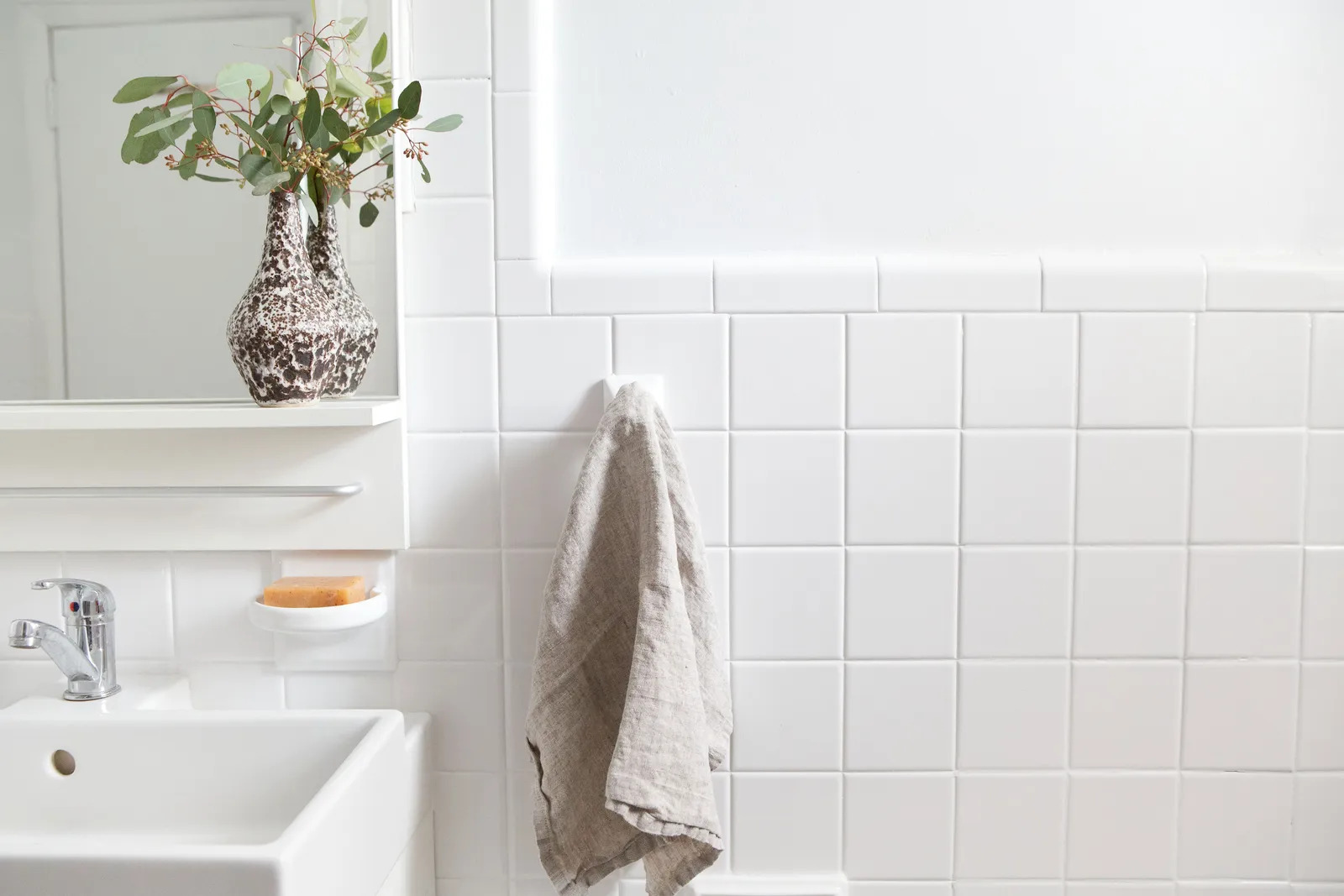
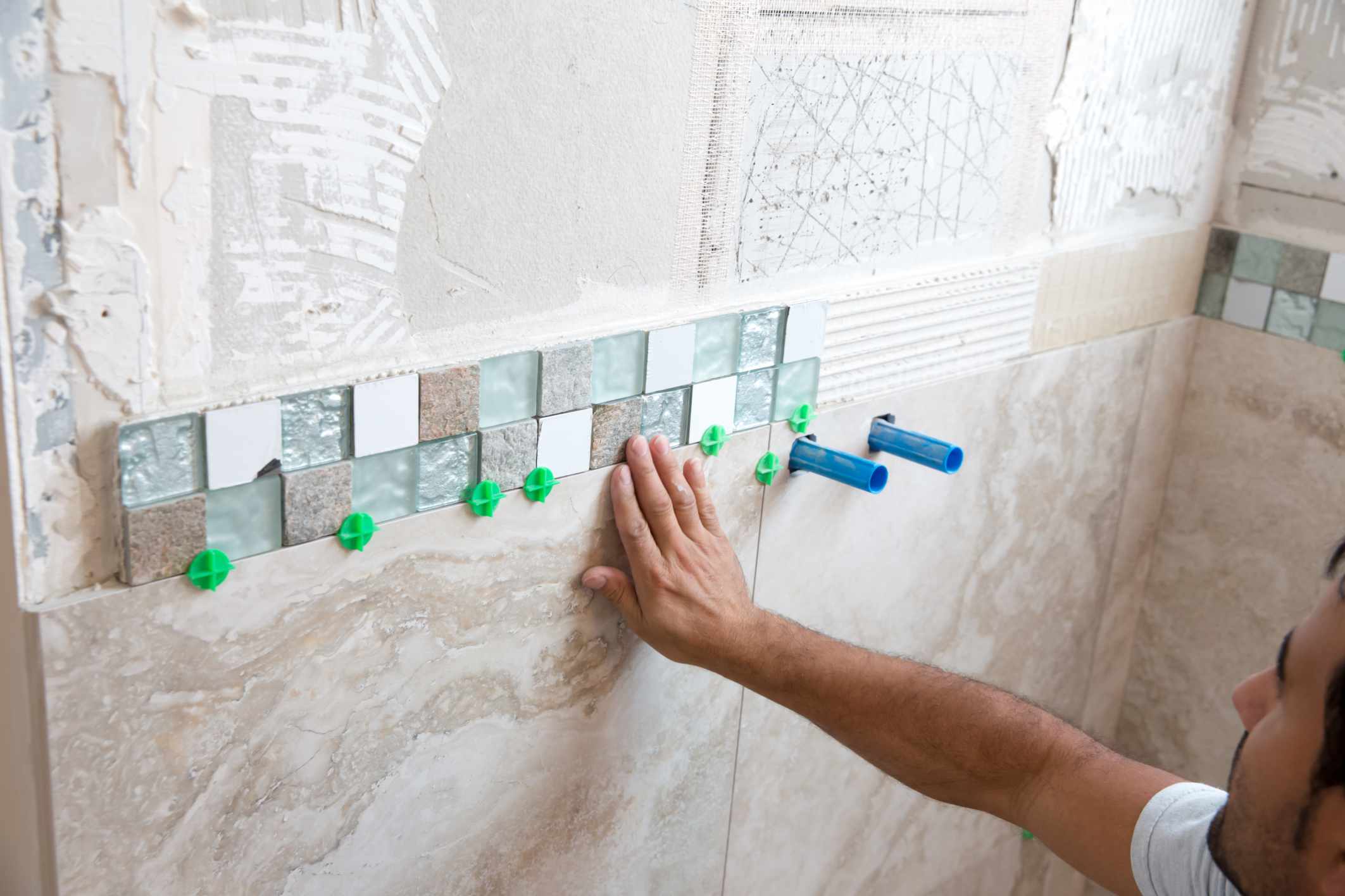
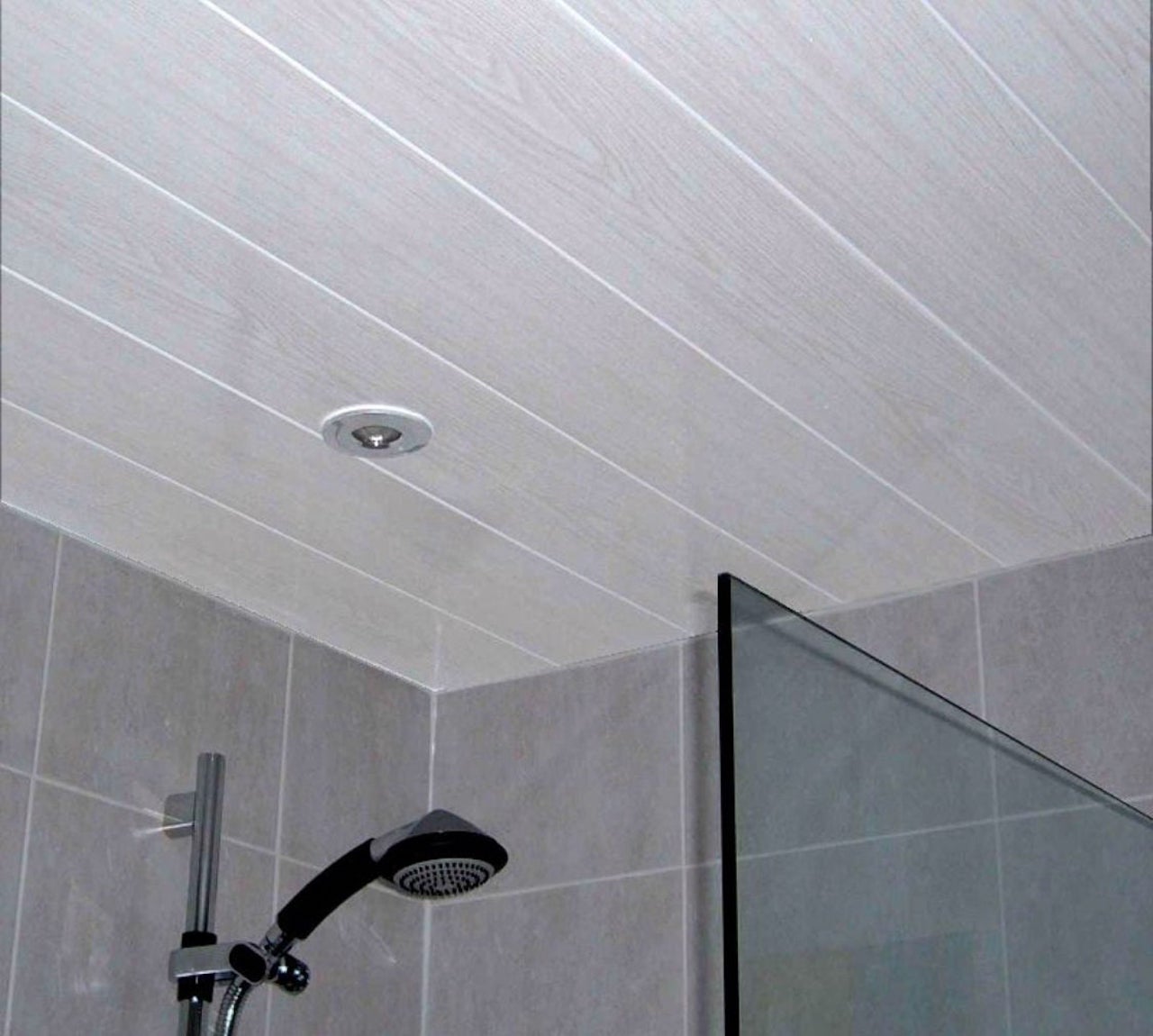
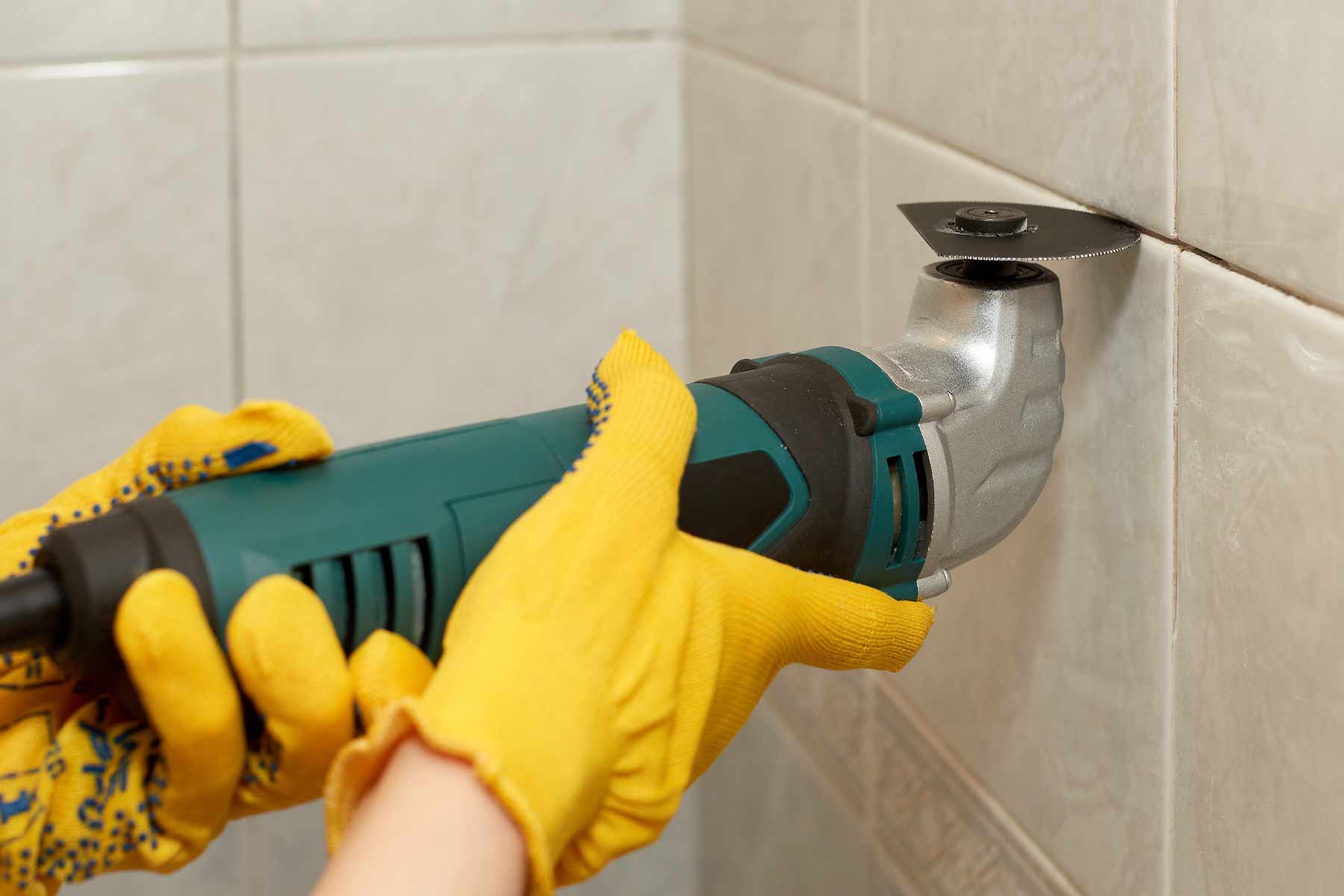
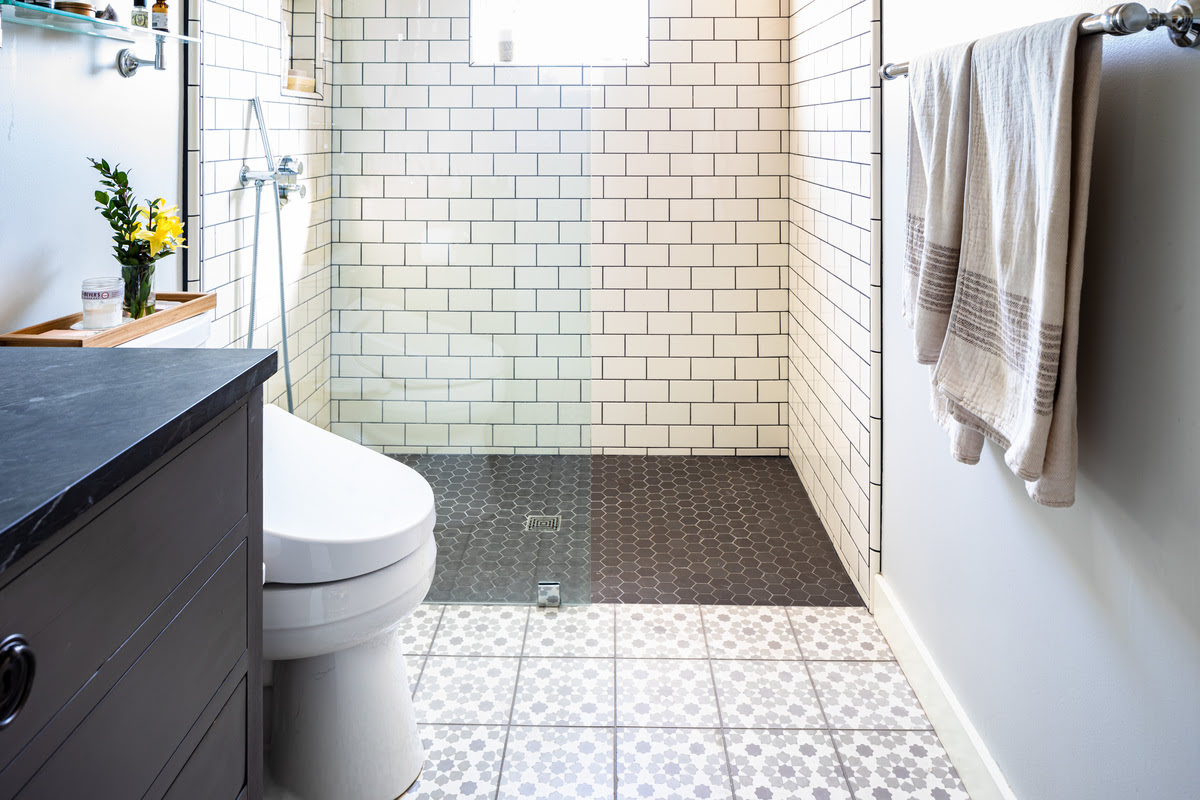
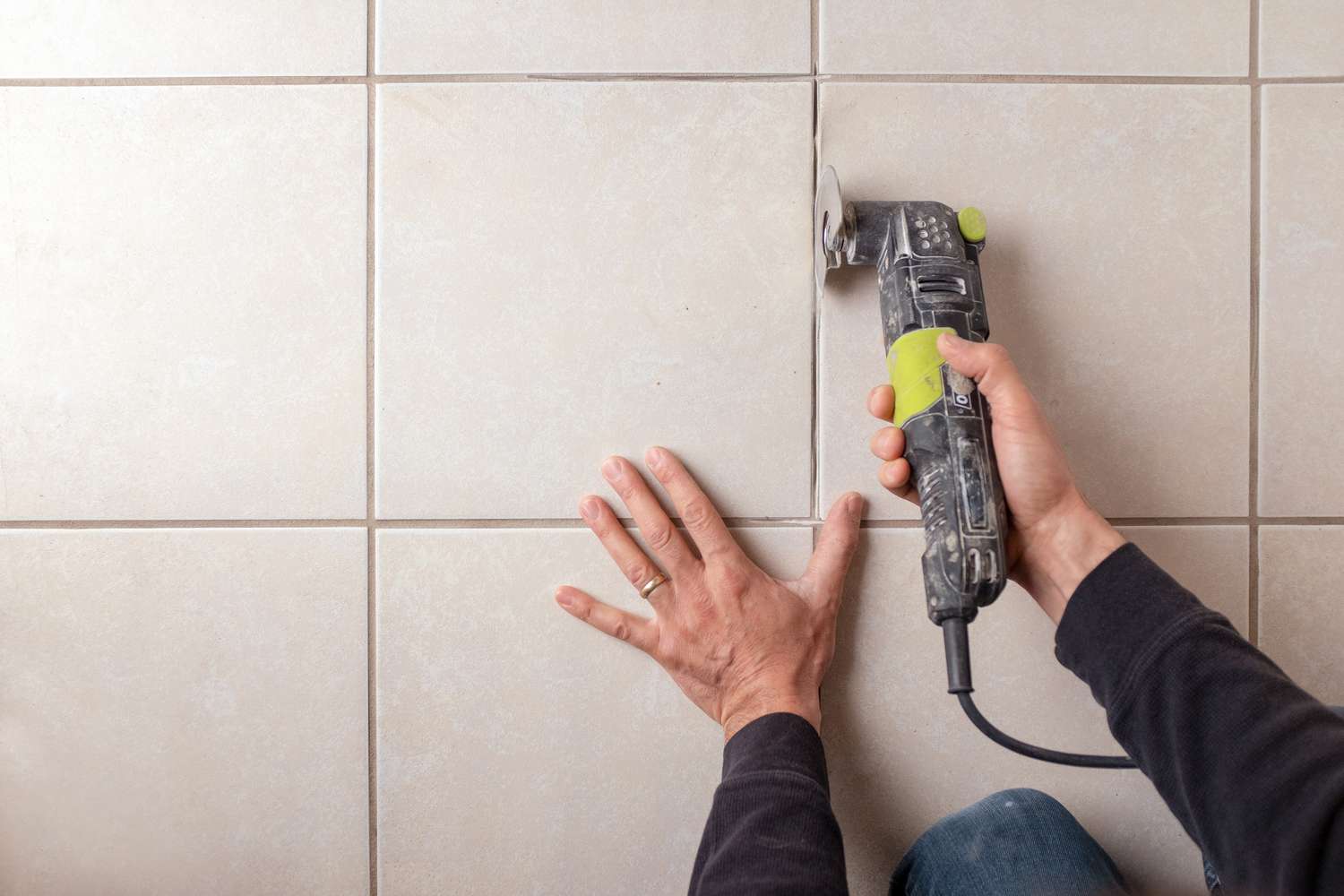
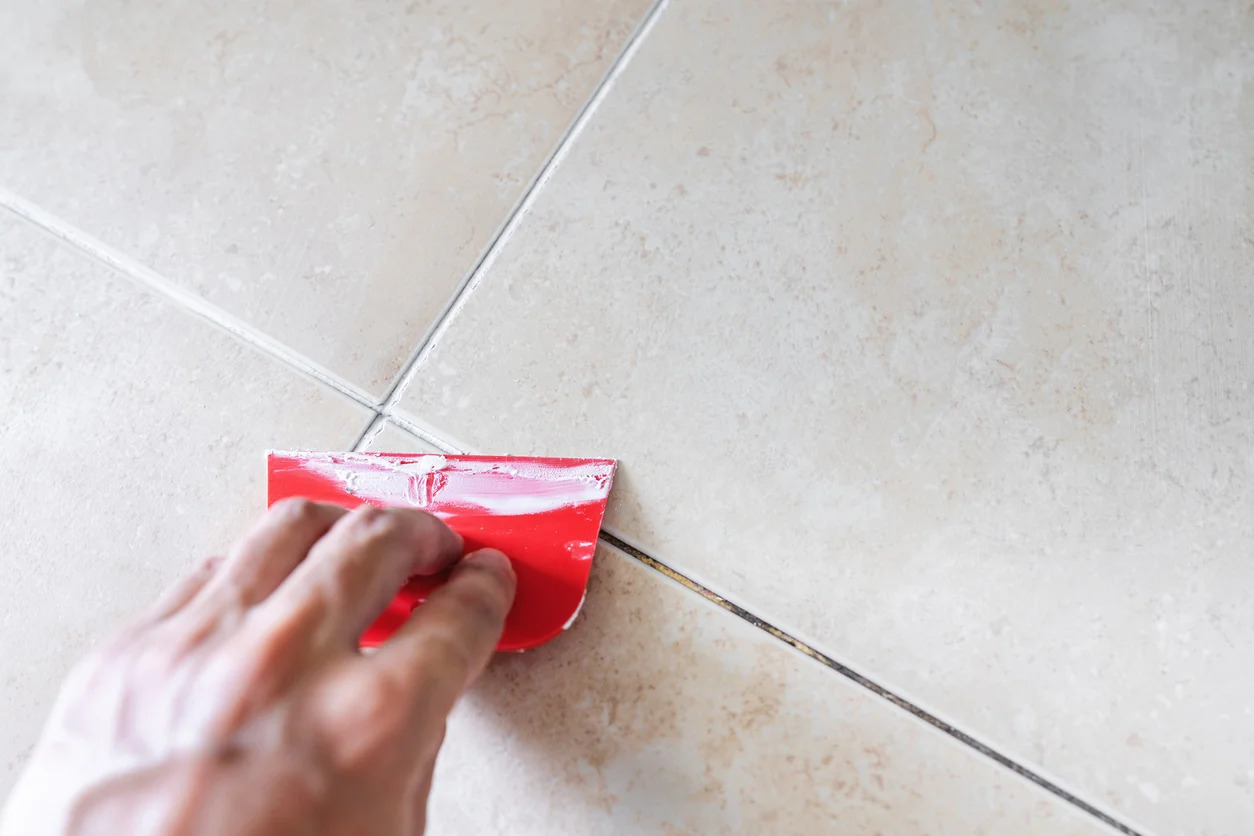
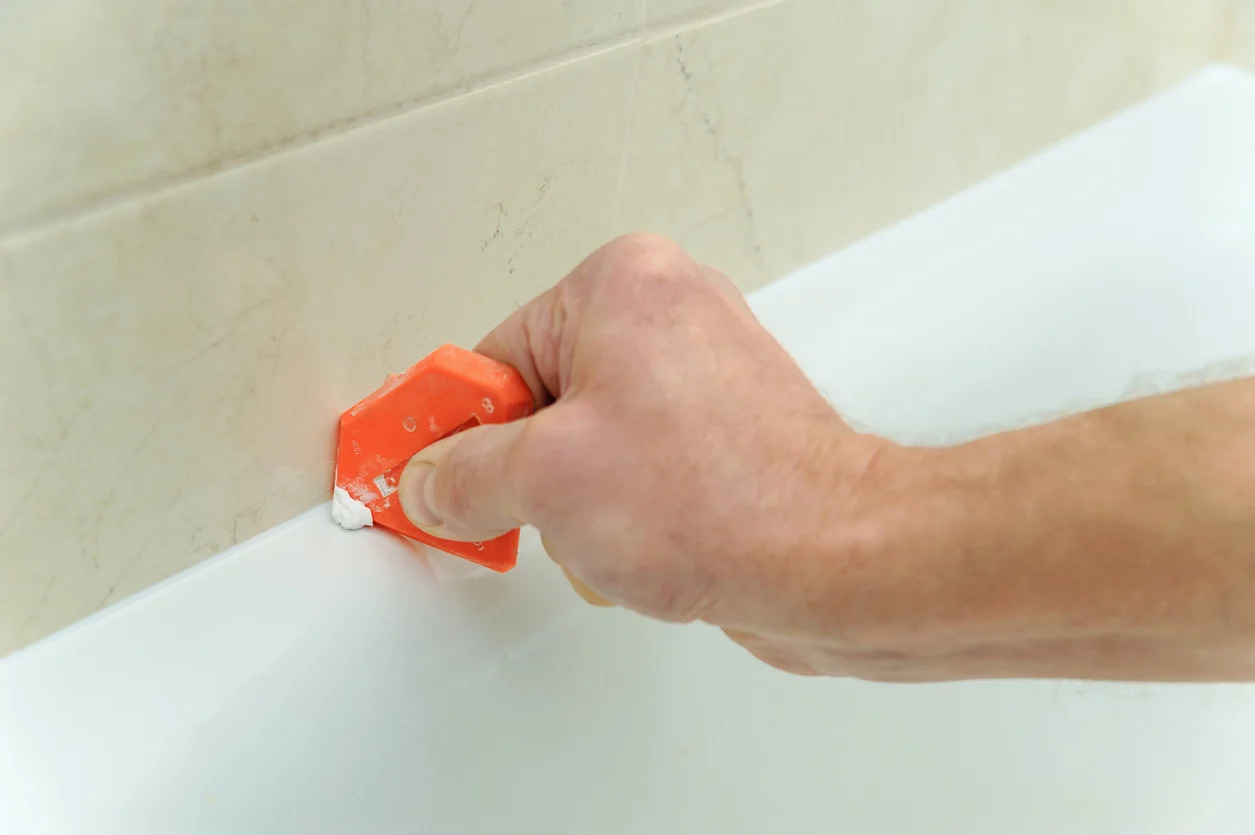
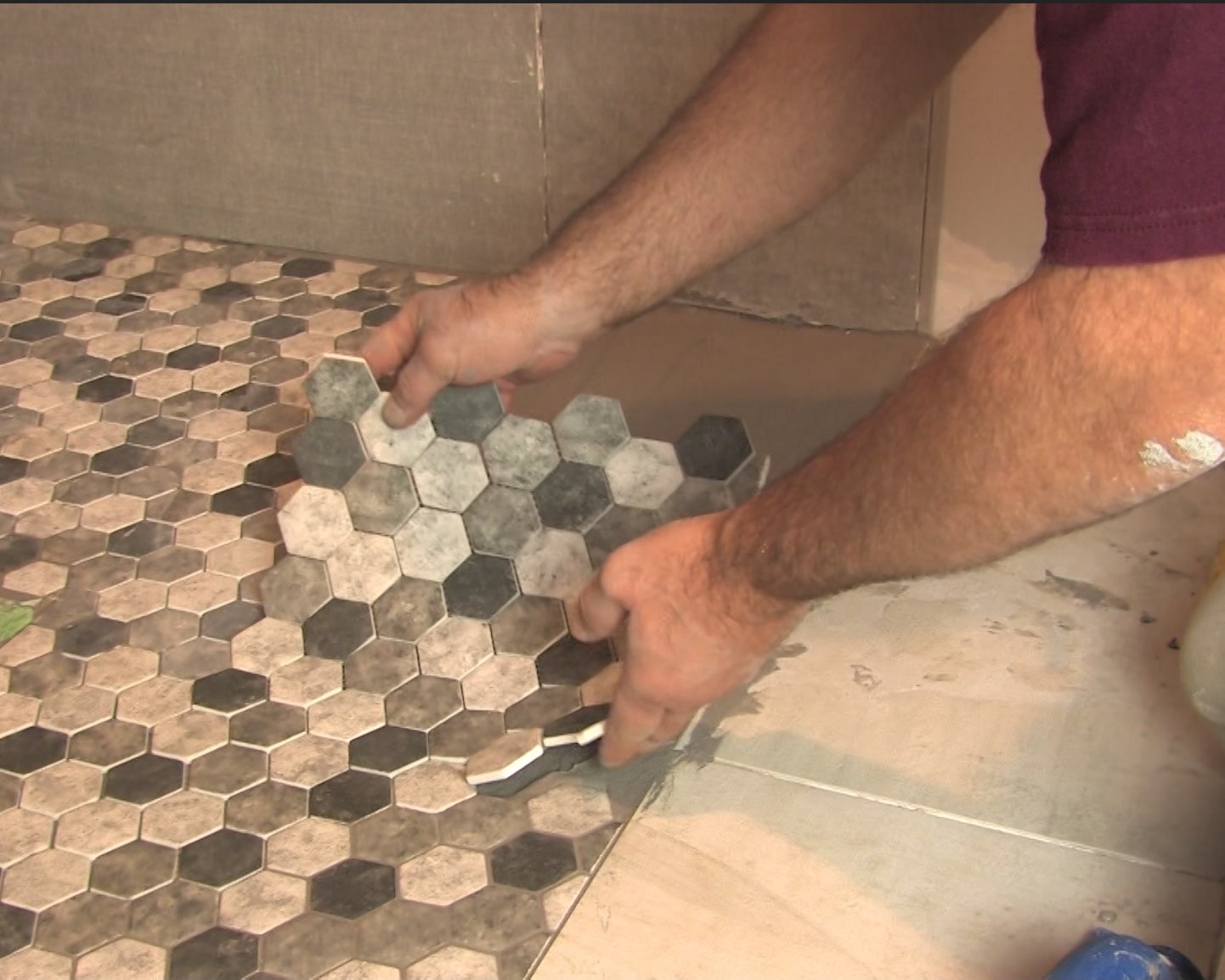
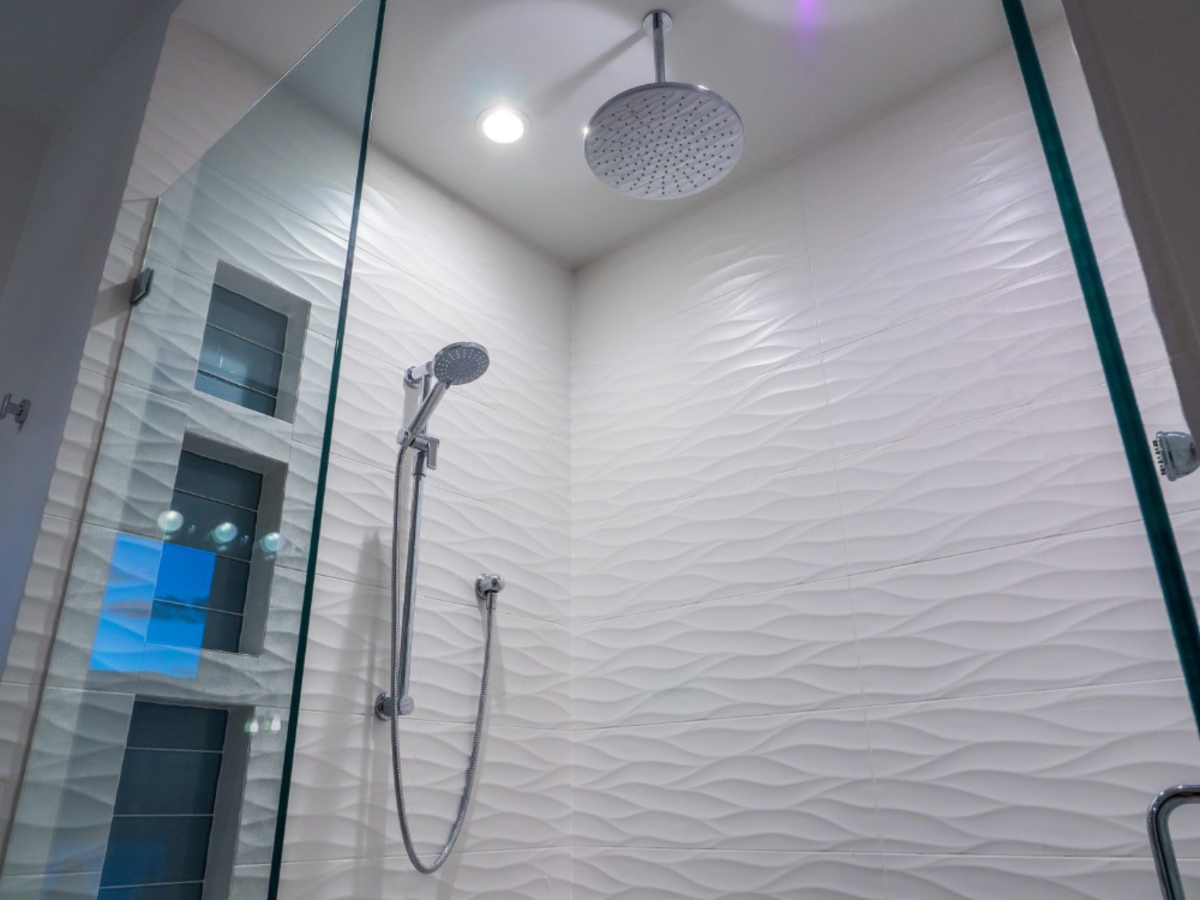
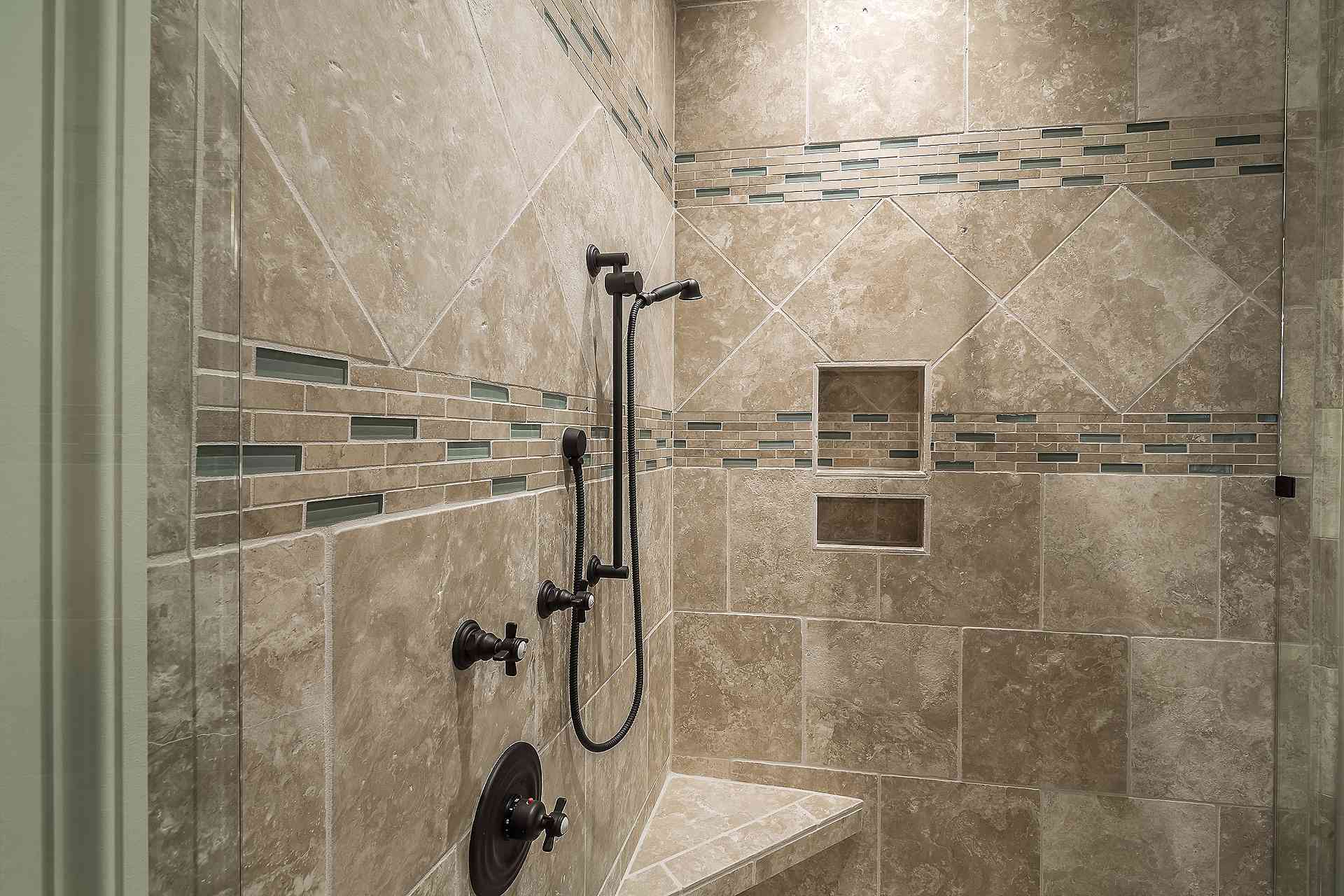
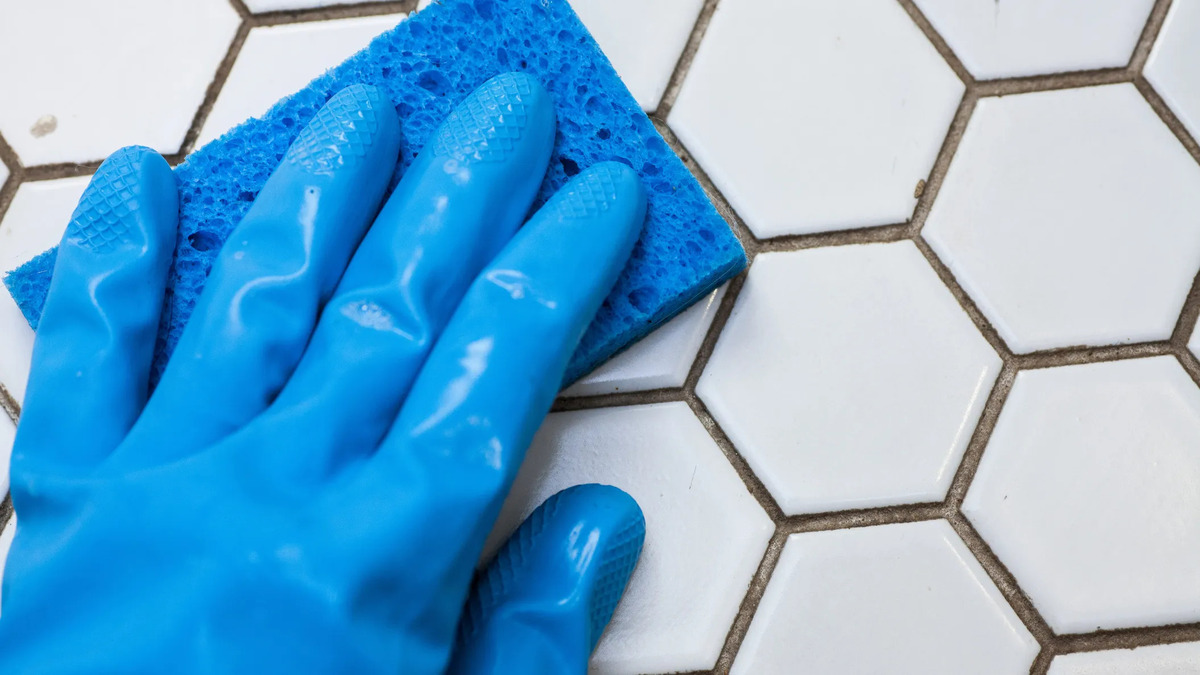
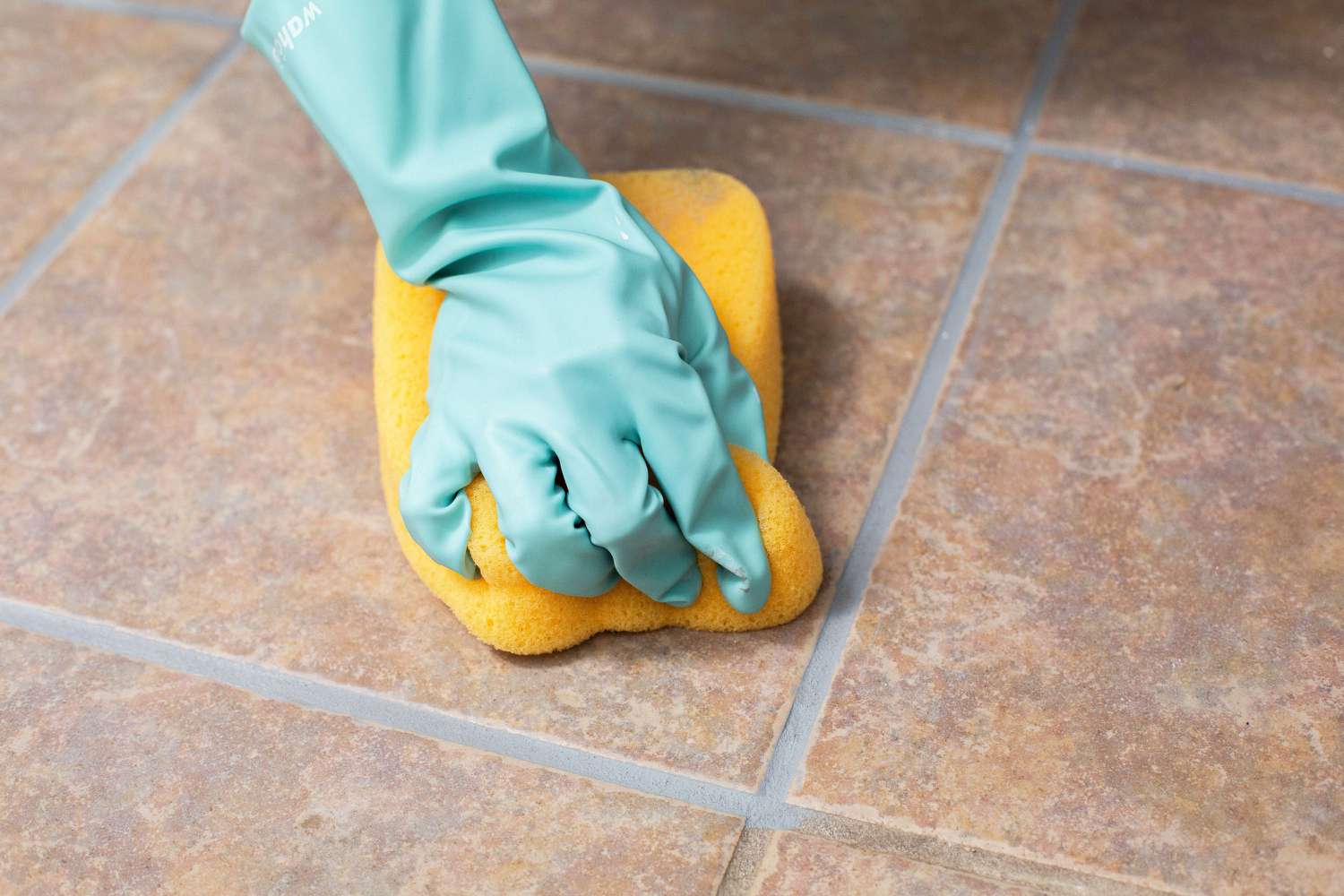
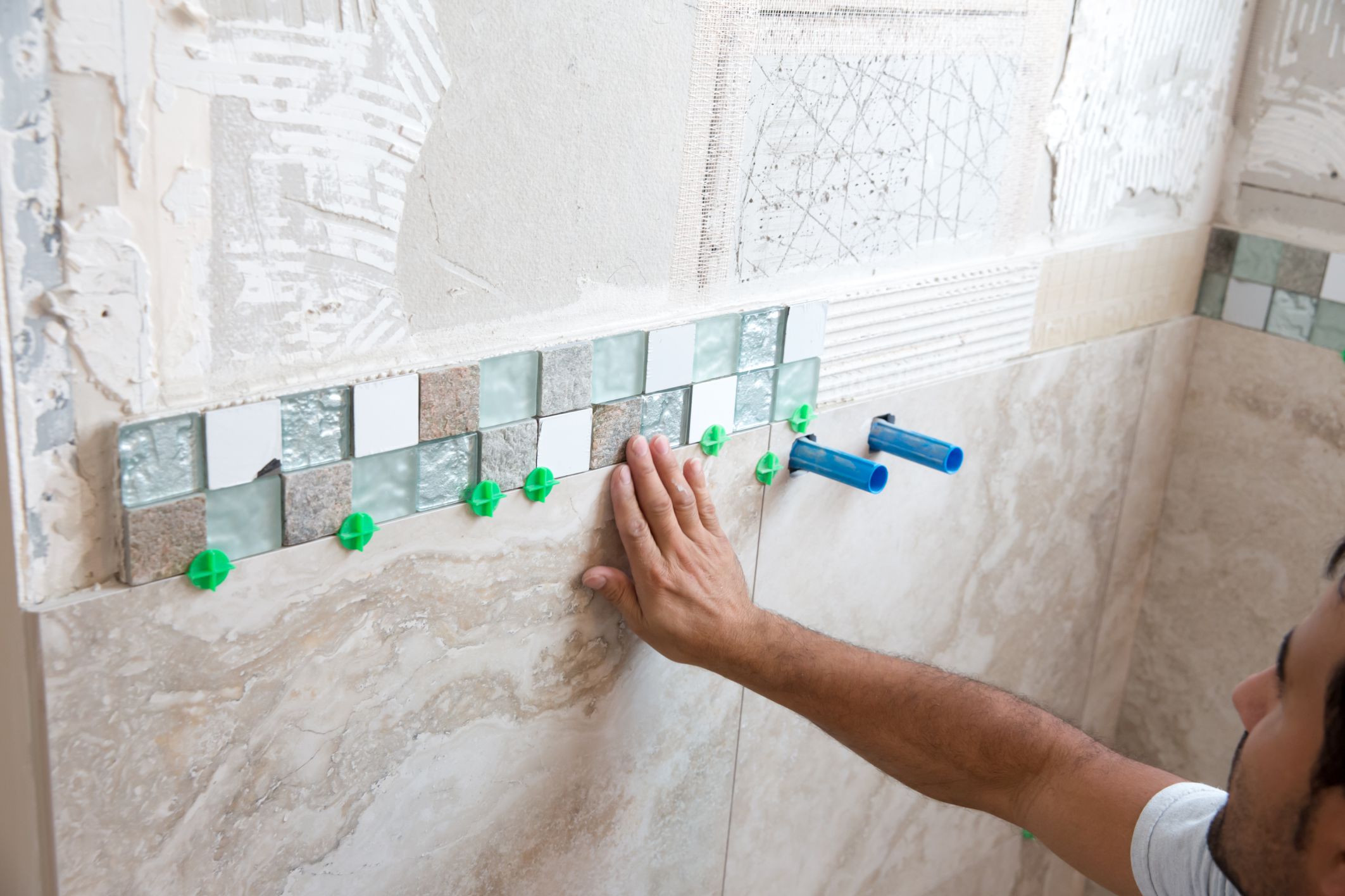

0 thoughts on “How To Pick A Shower Tile”